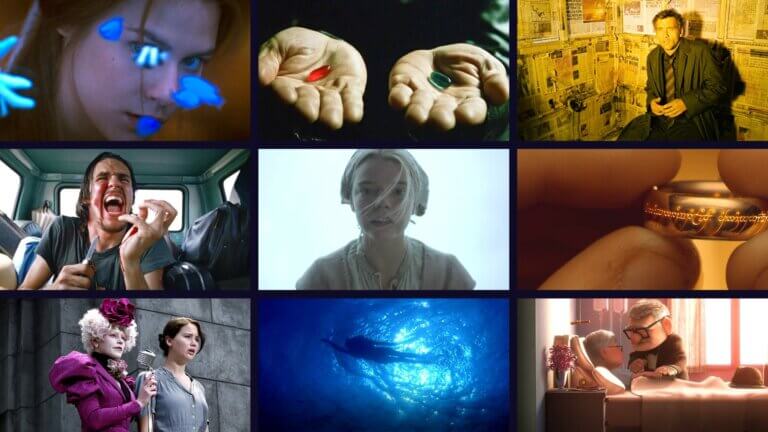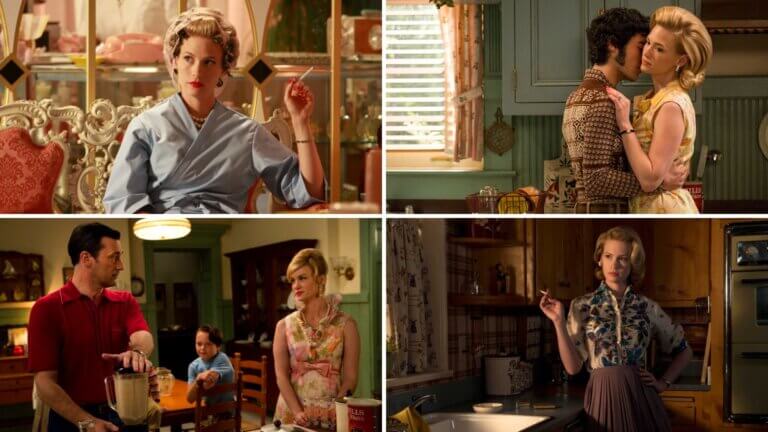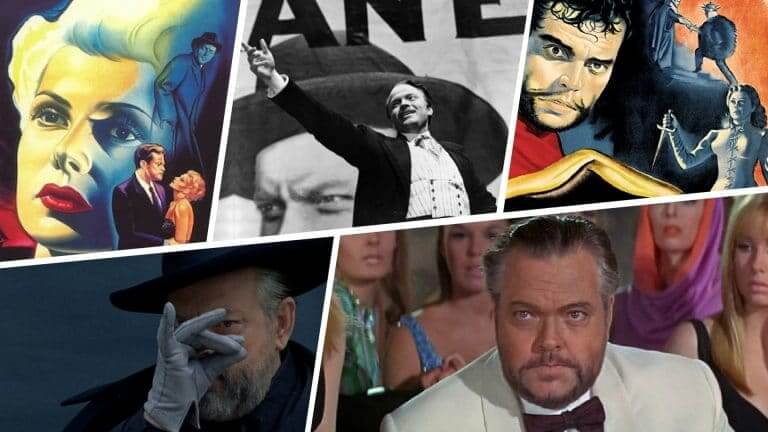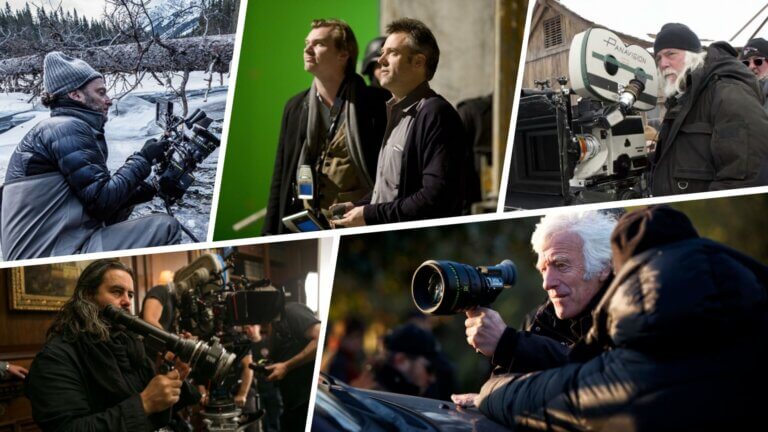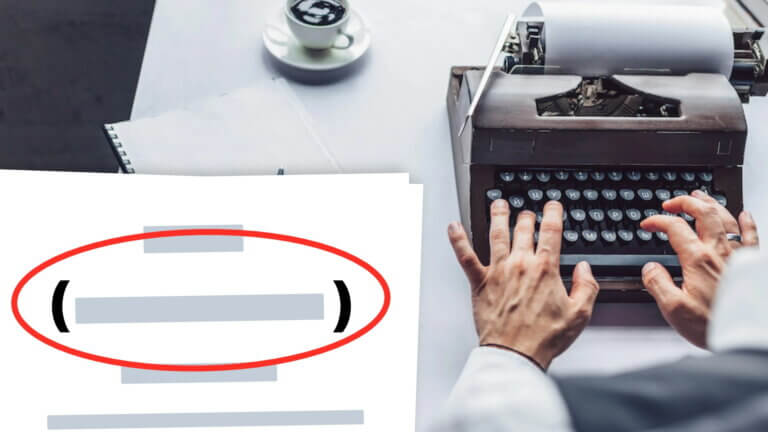An inciting incident is an essential part of every story. But what is an inciting incident and why is it so essential? We’re going to get to the bottom of those questions by defining the term and by looking at examples from Star Wars, La La Land, and more. By the end, you’ll know the inciting incident meaning and how to implement it in your own works.Continue reading What is an Inciting Incident — Definition & Script Examples
Mad Men is one of television's best period pieces. It not only uses the 1960s as a backdrop and setting for the show, it imbues its dialogue, story, and characters with the details of the times. Every character reflects the 1960s in one way or another. In this article, we’ll analyze how Betty Draper’s tragic character arc was developed and written to reflect the times. Be warned there are spoilers ahead.Continue reading Betty Draper: How They Wrote Mad Men’s Most Tragic Character
So, you want to make a mood board without Photoshop. Good, you’ve come to the right place! We’re going to show you how to make a mood board without Photoshop by looking at strategies both on and off-line. By the end, you’ll know how to make a mood board without Photoshop, and more importantly, where to get started.Continue reading How to Make a Mood Board Without Photoshop
Want to learn how to write an adaptation of an adaptation? Look no further than Stephen Chbosky and Evan Spiliotopoulos’s 2017 Beauty and the Beast script. We’re going to break down the Beauty and the Beast script by looking at its characters, quotes, and ending. By the end, you’ll know how Chbosky and Spiliotopoulos renovated a 250+ year story while staying true to the original.Continue reading Beauty and the Beast Script PDF Download: Plot, Quotes, and Analysis
Orson Welles used to say “they’ll love me when I’m dead” — well at least that’s what his protege Peter Bogdanovich said. I suppose in some sense that perspective was well-warranted. Although Welles received a lot of acclaim during his life, particularly for writing, directing, and starring in Citizen Kane, he never got the respect many contemporary critics suppose he deserved. Welles’ career was plagued by studio censorship, personal vendettas, and a desire for perfectionism. But still, Welles endured making more than a dozen movies, as well as more than a dozen unfinished movies. We’re going to rank the Best…
Cinematographers obviously play a vital role in making a film, but what decisions do they make on a daily basis? The cinematographer's primary goal is to capture the director's vision. Using lighting, camera, and composition techniques, a DP translates that vision into images. This post goes over the common considerations with explanations from working professionals. Let’s jump in so we can answer that age-old question: what does a cinematographer do?Continue reading What Does a Cinematographer Do? DP Wally Pfister Explains
If you’re a photographer or cinematographer, chances are you’ve used ambient light, whether you’ve known it or not. This type of light is everywhere, and can make or break your image — sometimes it helps, sometimes it's unwanted. So, what is ambient light? In this article, we’ll walk through what ambient illumination is, and how you can use it to your advantage for your next shoot.Continue reading What is Ambient Light — Lighting Techniques Explained
Inductive reasoning and deductive reasoning represent two polar approaches to critical reasoning. But what is the difference between inductive and deductive reasoning? We’re going to break down inductive vs deductive reasoning by looking at their definitions as well as some examples. By the end, you’ll know how inductive and deductive reasoning are used, and how to implement them in your own writing.Continue reading Inductive vs Deductive Reasoning — Differences & Usages
Sibilance is a useful alliterative tool that writers use to evoke reactions in their readers. But what is sibilance and how is it used? We’re going to answer those questions by looking at sibilance examples from film and literature. We’ll also define sibilance by breaking down its characteristics.Continue reading What is Sibilance — Definition & Examples For Writers
Dialogue scenes can be the most fun to write as well as the most difficult. Visual performances of dialogue in films can be powerful, emotional, and moving. However, the medium of written text has its limitations. Luckily, screenwriters have parentheticals. Parentheticals are a great way to include specific information that help a reader better understand a dialogue scene. So how do you write a parenthetical in a screenplay? Let’s take a look at screenplay parenthetical examples and to learn how they should be used. Continue reading Screenplay Parenthetical Examples (And Why They Work)
